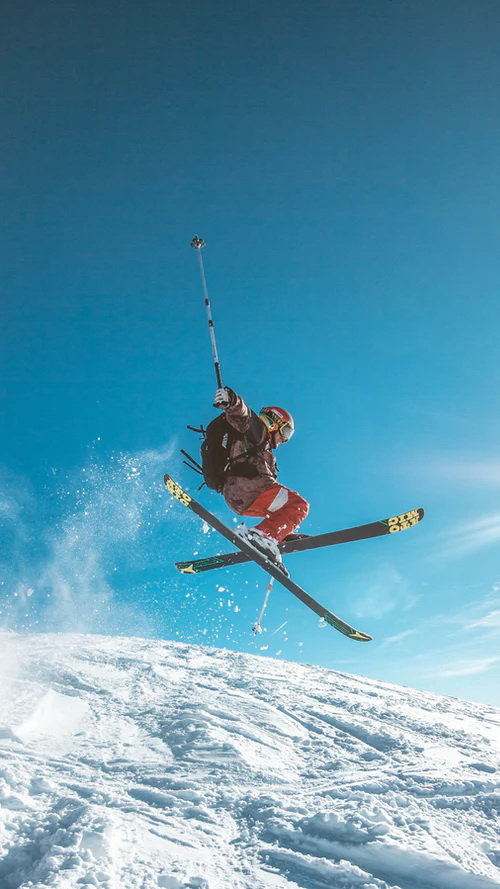Headstand (salamba shirshasana) is one of the yoga poses that are considered inversion poses. Inversion poses involve any asanas that lift the feet above the head. Other inversion poses that are well known include shoulderstand (salamba sarvangasana) and half shoulderstand (viparita karani). But even lying on the floor with your legs on a chair is an inversion pose.
The concept behind inversion poses is expressed in yoga texts as viparita karani. Viparita karani is translated as meaning ‘opposite process’. This simply means facilitating a different perspective. From the purely physical point of view, this different perspective in inversion poses is literal – in terms of looking at the world from a different physical viewpoint – as well as involving the body being supported in a different way.
But as yoga is more than simply physical exercises, there are other processes that are assisted. A lot of yoga is designed to help us change mental habits as well as physical habits. Through increasing our ability to adapt to change, instead of being stuck in old habitual responses, we increase our capacity for growth and transformation. This applies in all areas of our lives.
There is a theoretical concept in yoga about why inversion postures help. Ayurveda considers that many of the body’s impurities are in the lower abdomen. When we raise our feet above the head, gravity is assisting us to move these impurities towards what the Ayurvedic system calls agni, or ‘fire’. Agni particularly relates to our ‘digestive fire’, and is thus located above our lower abdomen.
So, by being upside down, and by using the deep and slow breathing typical of yoga, we help ‘burn off’ the impurities that were previously stuck.
Improved circulation is a more readily apparent and less ‘esoteric’ benefit of inversion yoga poses.
Whilst inversion postures have many health benefits, the ability of an individual to receive those benefits depends as much on their capacity to comfortably hold these sometimes difficult postures. For example, headstand and shoulderstand should simply not be done if people are pregnant, have neck pain, high or low blood pressure, neck injuries, or are menstruating. And neither of these postures should be attempted without the appropriate preparatory postures. Otherwise the risk is there that an injury, or stiffness, particularly to the neck area, will result.
Likewise, if doing these postures is very uncomfortable and difficult, more benefit will be derived from doing either the modified versions, or simply working on other yoga poses that strengthen these areas.
There are several important prerequisites for getting the most benefit fro inversions. The first one, a strong neck, I’ve mentioned. The others are a strong back and abdominal muscles, and the capacity to breathe well whilst in the posture. The latter is going to get better with practice, both of yoga itself and the inversions. It is also somewhat tied into having a strong back. Our back and stomach muscles will provide the support to hold the legs straight, which inturn opens up the thoracic cavity, and increases our ability to breathe well whilst upside down!
Tips for Doing the Inverted Postures
For Half Shoulderstand:
* Lengthen the exhale
* Don’t lock the chin
* Keep your weight not on the head but on the wrists and elbows
* Don’t try to pull your torso (and legs) into the vertical like in full shoulderstand if you have difficulties with your neck. By doing so, you’re placing more pressure on your neck.
* Make sure you do the appropriate balancing postures afterwards. These include shalabhasana and bhujangasana
For Shoulderstand:
* Don’t worry so much about keeping your elbows and arms parallel. This will create more tension in your neck if you’re not proficient in this posture.
* Do the appropriate balancing postures. These are the same as for half shoulderstand.
For Headstand:
* Don’t ever make adjustments whilst in headstand. If you feel your alignment is not quite right, come down and do it again.
* Never do this posture first up, or without the prerequisite postures. It will lead to stiffness in the neck at best, and injury at worst. And the negative effects can build up over time. This posture is never done traditionally without preparation, and there is reason for this.
* Use a wall for support as a learning stage
* Support your head with all of your fingers, including the little fingers and thumbs
* Finding the right position for your head will make sure weight is distributed evenly, and ensure you don’t have to overly press down with your elbows to compensate
* Think of the support for the whole body as being distributed evenly across both elbows and the head
* Don’t hold your weight too much on the back of your body. It will place too much pressure on your neck.
* Don’t use props that allow the neck to be free. It will lead to the neck muscles contracting
* Use the balancing postures. Shoulderstand is the traditional, but Mohan recommends half shoulderstand instead
* Rest your neck before doing the balancing postures, however. Lie down with your legs bent.
* Other balancing postures include chakravakasana, dvipada pitham with the arms, and shalabhasana
There may be fears or a sense of limitation about doing inversion poses that will be confronted. Sometimes, it’s best to start an asana gradually. Shoulder stand comes with a few variations that you can use to build up strength and flexibility, as well as overcome any fear based feelings about the posture and your ability to do it.
Overcoming the fear, and finally being able to do a difficult pose that you thought you couldn’t, can create positive psychological effects. When we prove to ourselves that our fears don’t bind us, that we can move beyond our limitations, we are more able to make changes in other areas of our lives where before we thought it just wasn’t possible.
References: A.G.Mohan, Yoga for Body, Breath, and Mind





















